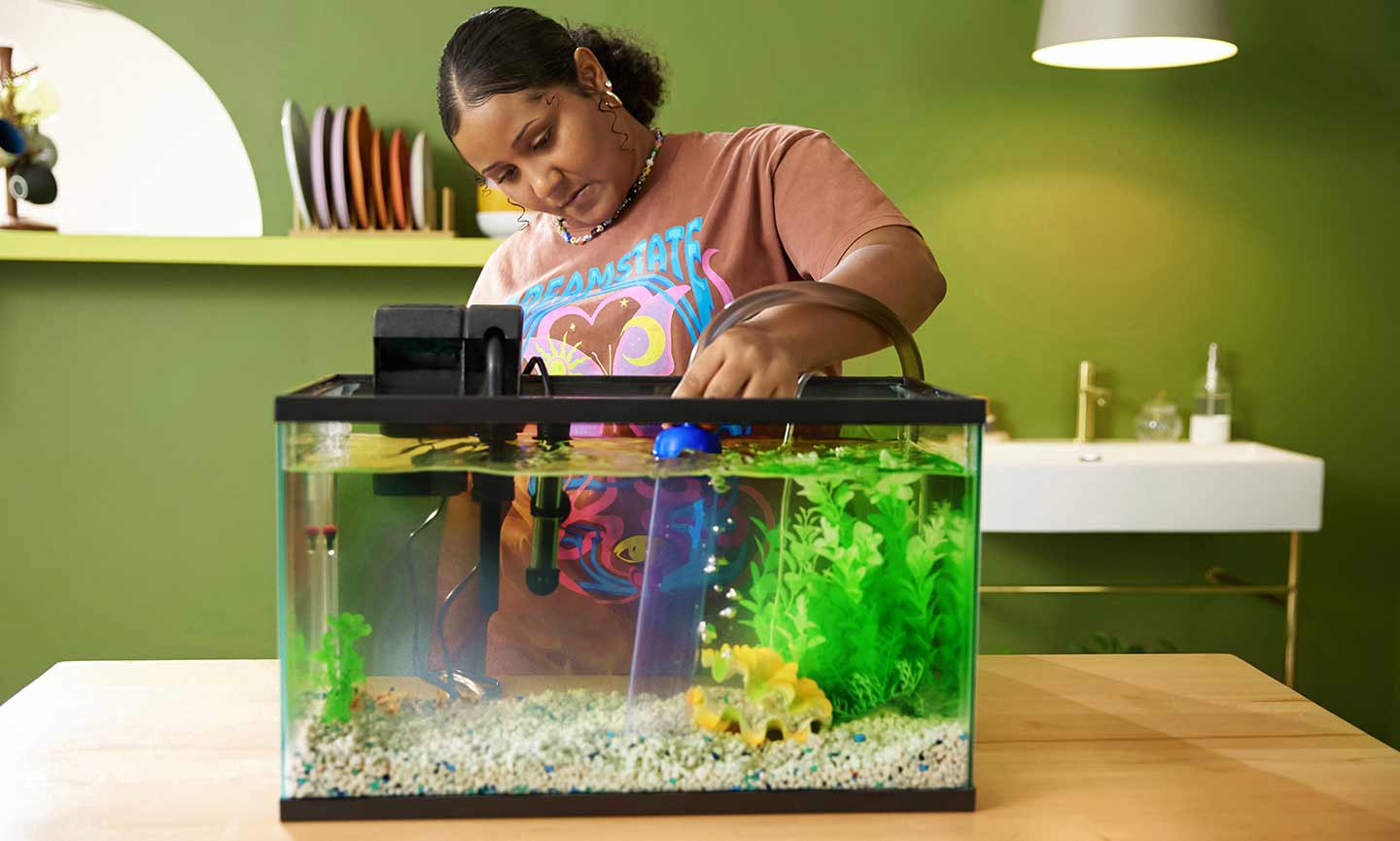Introduction: The Art of Maintaining a Pristine Aquarium
Caring for an aquarium is a fulfilling hobby that brings the serenity of underwater life into our homes. However, with the mesmerizing beauty of vibrant fish and intricate aquatic plants comes the responsibility of maintaining a healthy environment. At the heart of this endeavor lies the essential task of fish tank cleaning. This comprehensive guide, “Aquarium Care Basics: Mastering Fish Tank Cleaning,” delves into the nuances of keeping your aquarium crystal clear, ensuring the well-being of its inhabitants.
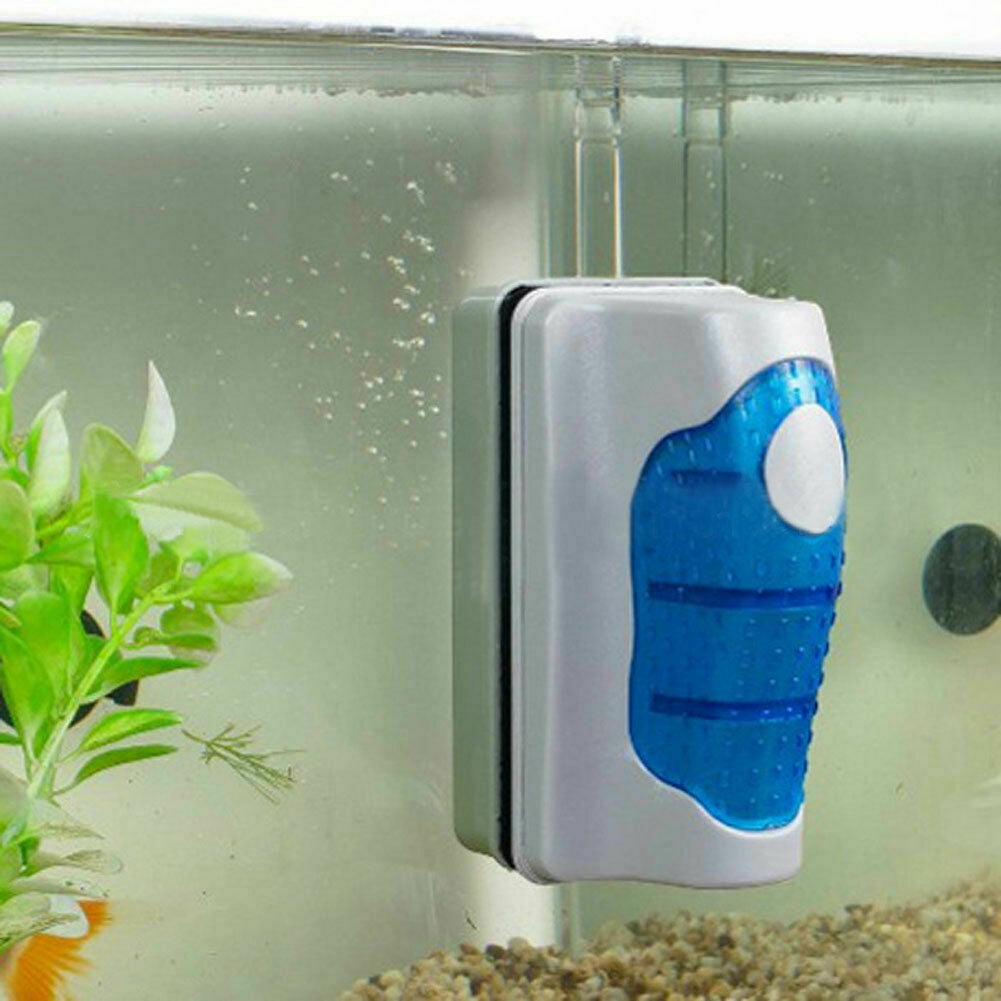
Understanding the Importance of Regular Cleaning
Regular cleaning isn’t just about aesthetics; it’s vital for the overall health of your aquatic ecosystem. Accumulated debris, uneaten food, and fish waste can lead to harmful ammonia and nitrate build-up, which in turn can cause stress, illness, or even death among your fish. Moreover, excessive algae growth can disrupt the balance of light and nutrient distribution crucial for plant life. Regular maintenance prevents these issues, preserving the delicate harmony within your tank.
The Fundamentals: Gravel Vacuuming and Water Changes
Gravel vacuuming and partial water changes form the backbone of aquarium hygiene. Gravel serves as a biological filter, harboring beneficial bacteria that break down waste. Over time, detritus accumulates between gravel particles, necessitating periodic vacuuming. Use a siphon hose designed for aquariums to gently lift and replace the top layer of gravel while suctioning out debris. Pair this with a 10-20% water change every week or two, depending on the bioload, to dilute accumulated toxins and replenish trace elements. Remember to treat tap water with a conditioner to remove chlorine and chloramines before adding it to the tank.
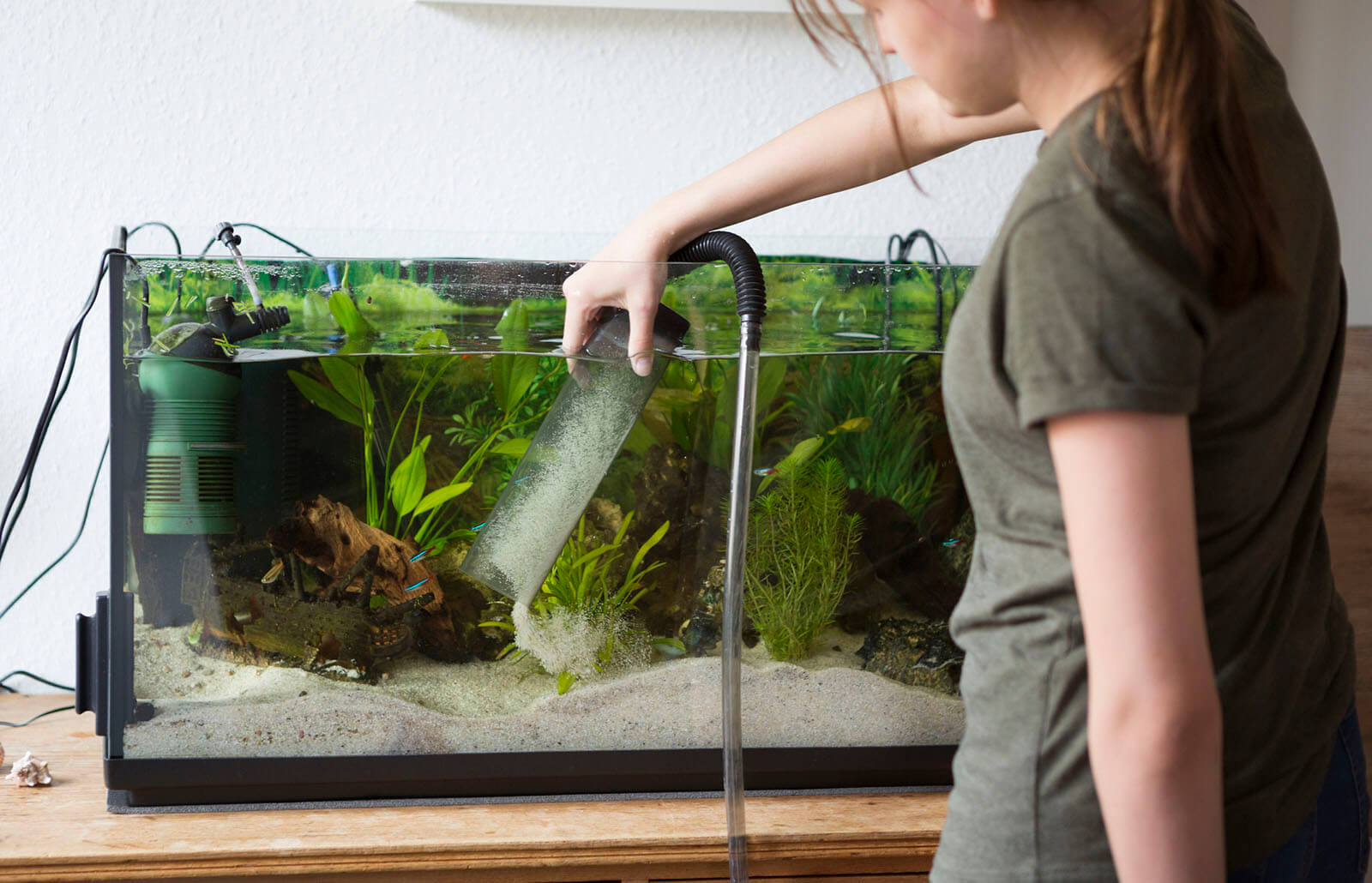
Mastering the Art of Algae Control
Algae, while natural and often beneficial in moderation, can quickly overgrow and mar the clarity of your aquarium. Controlling algae involves a multi-pronged approach: managing light exposure, nutrient balance, and biological competition. Limiting the duration of lighting to 8-10 hours daily can suppress excessive algae growth. Regularly testing and adjusting water parameters like phosphate and nitrate levels is also crucial. Introducing algae-eating species, such as Siamese algae eaters or nerite snails, can provide natural control. Lastly, physically removing algae with a scraper or magnet cleaner maintains a polished appearance.
Filter Maintenance: The Unsung Hero
Filters are the lifeblood of a healthy aquarium, responsible for purifying water by trapping debris, fostering beneficial bacteria, and facilitating gas exchange. Regular maintenance includes routine checks of filter media, which should be rinsed in aquarium water (never tap water) to avoid killing beneficial bacteria. Depending on the type of filter, media may need replacing monthly or as recommended by the manufacturer. It’s essential to avoid over-cleaning, as a mature filter contains a balanced bacterial colony crucial for the nitrogen cycle.

The Role of Live Plants in Aquarium Health
Live plants not only enhance the visual appeal of an aquarium but also contribute actively to water quality. They absorb nutrients like nitrates and carbon dioxide, releasing oxygen through photosynthesis. Regular pruning and trimming prevent overgrowth, which can shade other plants and hinder light penetration. Fertilization and CO2 supplementation according to the specific needs of your plants ensure their vitality, indirectly supporting a healthier environment. Additionally, plants act as a natural biological filter, contributing to the overall cleanliness of the tank.
Disease Prevention Through Sanitation
A clean aquarium is the first line of defense against diseases. Always sanitize your hands before handling equipment or fish to prevent the introduction of pathogens. Similarly, newly acquired plants or decorations should be quarantined and thoroughly cleaned before introduction to the main tank. Regularly inspect fish for signs of illness, and promptly isolate any affected individuals to prevent the spread of disease. Routine cleaning of decorations, substrate, and equipment using aquarium-safe cleaners completes the sanitation regimen.
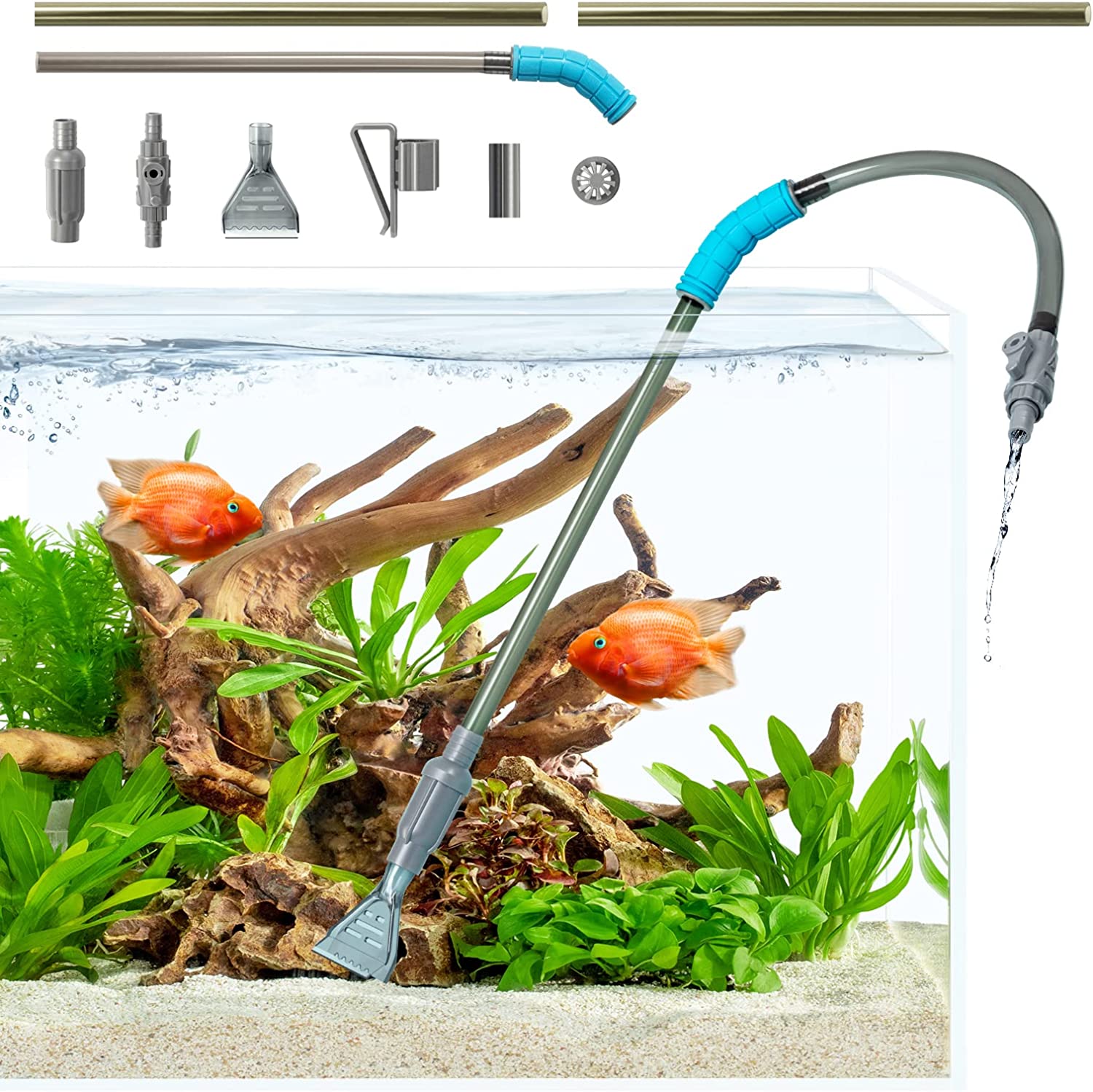
Advanced Techniques: Deep Cleaning and Equipment Inspection
Periodically, a deeper level of cleaning is necessary. This involves removing all fish, plants, and decorations from the tank and scrubbing it clean with a dedicated aquarium-safe brush or sponge. Inspect and clean the inside surfaces, including the glass and any crevices where debris might accumulate. While the tank is empty, take the opportunity to inspect and maintain your equipment—check pumps, heaters, and filters for proper functioning, replacing worn parts as needed. This deep clean is typically performed every six months to a year, depending on the tank’s condition.
Aquascaping: Creating a Balanced Ecosystem and Aesthetics
Aquascaping goes beyond merely placing plants and decorations; it’s an art form that harmoniously blends hardscape elements with living organisms to create a visually pleasing and ecologically balanced environment. When designing your aquascape, consider the natural habitat of your inhabitants to replicate their native environment as closely as possible. This not only benefits the health of your fish and plants but also enhances the visual impact.
Start by choosing a focal point, such as a unique rock formation or a cluster of tall plants. Use the ‘rule of thirds’ to create balance without symmetry—position major elements off-center for a more natural look. Layering plants of varying heights and textures adds depth and interest. Remember to leave swimming spaces for your fish, especially near the front of the tank for optimal viewing pleasure.
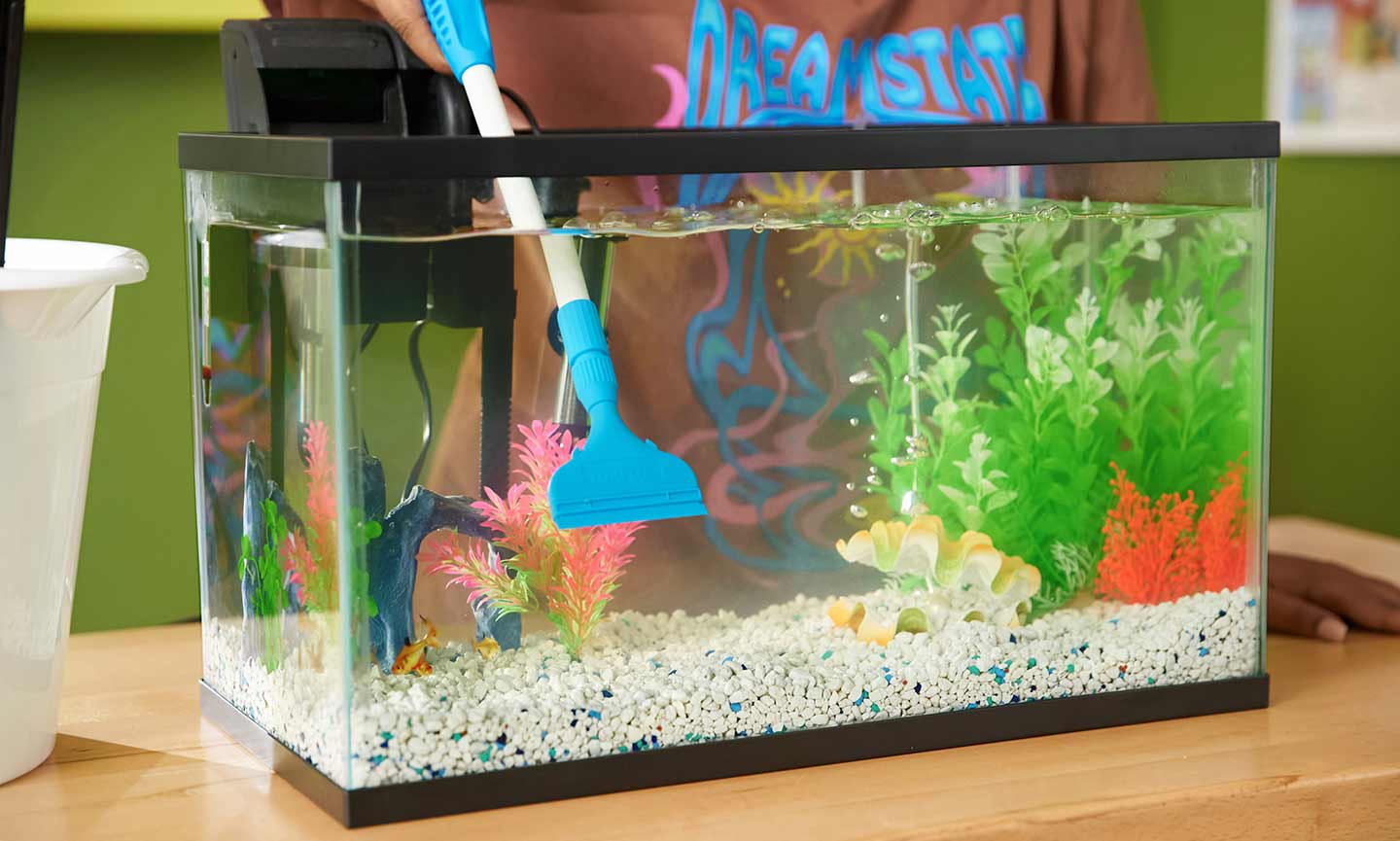
Lighting Enhancement for Optimal Plant Growth
While basic lighting suffices for many aquariums, optimizing light intensity, spectrum, and duration is crucial for promoting lush plant growth. LED lights offer energy efficiency and customization options, allowing you to adjust color temperatures to suit different plant species. For planted tanks, aim for a photoperiod of around 10-12 hours to stimulate robust growth, ensuring the light intensity matches the plants’ requirements.
Regular Water Changes: The Simple Yet Vital Task
Routine water changes are fundamental to maintaining a healthy aquarium ecosystem. Changing 10-20% of the water weekly helps remove accumulated waste, replenish minerals, and stabilize water chemistry. Use a siphon to vacuum the gravel during water changes, removing detritus and uneaten food that can contribute to ammonia and nitrate buildup. Always use treated or aged water that matches the aquarium’s temperature and chemistry to avoid shocking the inhabitants.
Conclusion: A Commitment to Cleanliness
Mastering fish tank cleaning is a continuous process that demands patience, consistency, and a deep understanding of aquatic ecosystems. By adhering to a regular maintenance schedule, controlling algae, properly maintaining filters, nurturing live plants, practicing good hygiene, and occasionally undertaking deeper cleans, you’ll create a thriving aquatic environment that is both visually stunning and biologically sound. Remember, a clean aquarium not only enhances the well-being of your fish but also deepens the satisfaction and joy you derive from your aquatic hobby.






